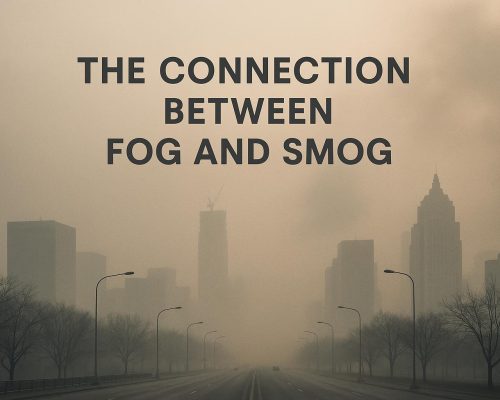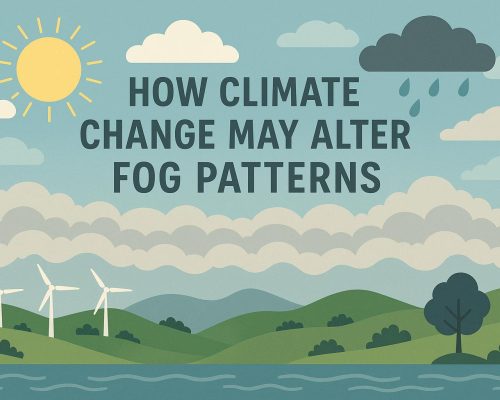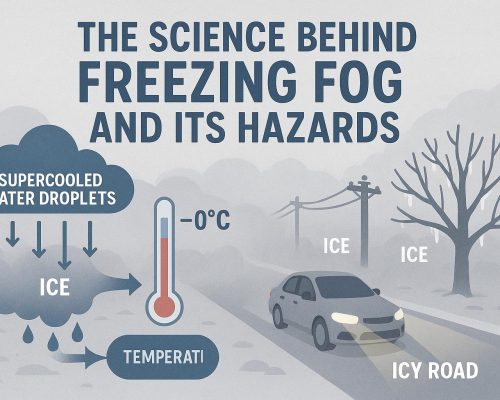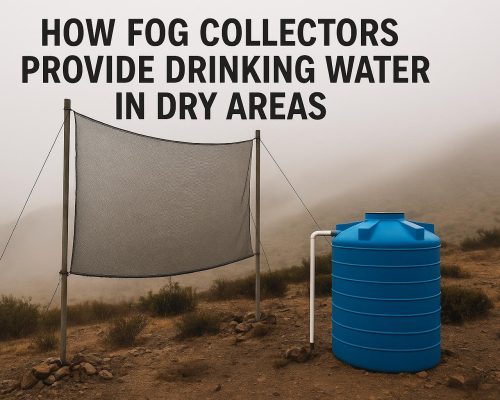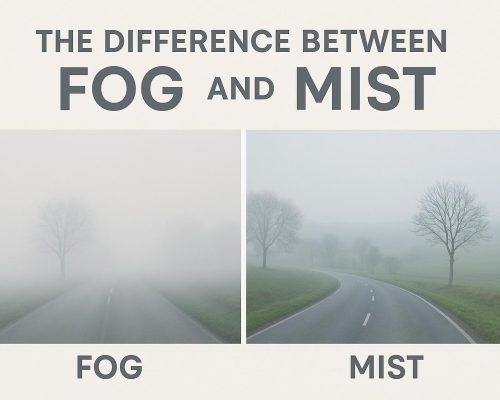
How Coastal Areas Experience Frequent Fog
Understanding Coastal Fog
Coastal areas are often associated with unique weather phenomena, one of the most fascinating being frequent fog. This meteorological occurrence is primarily due to the interaction of various atmospheric factors and the specific geographical features of coastal regions. The coalescence of temperature disparities, air flows, and geographical contours leads to the ubiquitous presence of fog in these areas, which can be both a captivating sight and a significant influence on the local environment.
Mechanisms Behind Coastal Fog Formation
One of the main reasons coastal areas experience frequent fog is the presence of cold ocean currents. These currents play a vital role in shaping the climate and weather patterns of coastal regions. The cold currents influence the air temperature immediately above the ocean’s surface. When warm, moist air from nearby warmer waters or from the land moves over these colder waters, it experiences a rapid cooling process. The drop in temperature causes the air to reach its dew point where water vapor condenses, leading to the formation of fog. This intricate mechanism highlights the delicate balance between different environmental components that give rise to coastal fog.
The Role of Upwelling
Upwelling is a process that significantly contributes to the formation of coastal fog. It involves the rising of cooler, nutrient-rich waters from the ocean depths to the surface. This oceanographic phenomenon not only reduces the water temperature but also introduces a new dynamic into the fog formation process. As the colder waters reach the surface, the overlying moist air is cooled even more effectively. This creates an environment in which fog is more likely to form and persist. The nutrients brought to the surface by upwelling also have a secondary effect—supporting oceanic life—which indirectly impacts fog formation through biological processes that can release additional moisture into the air.
Influence of Coastal Geography
The topography of coastal regions plays a critical role in the formation and persistence of fog. Coastal mountains and hills create a barrier that can trap moist air, leading to prolonged periods of foggy weather. The elevation gradient causes air to rise along the slopes, cooling and condensing the moisture into fog. Furthermore, the circulation patterns of weather systems often position prolonged, moist air masses over coastlines, enhancing these effects and maintaining the presence of fog for extended durations. This interaction between geography and meteorology exemplifies the complex interdependencies that dictate local weather conditions.
Types of Coastal Fog
There are several types of fog commonly seen in coastal regions. One of the most prevalent is advection fog, which forms when warm, moist air moves horizontally over a cooler surface, typically the ocean. The horizontal movement of air is driven by wind patterns and is a common phenomenon along coastlines. Another type is radiation fog, occurring often in coastal valleys. It forms because of the loss of heat by the earth’s surface at night, especially in areas where the terrain confines the air, allowing it to cool rapidly and saturate with moisture. Each type of fog presents its own set of conditions and challenges, influencing visibility and temperature differently.
Impacts on Local Ecology and Economy
Coastal fog has a profound impact on the local ecosystems. It provides much-needed moisture to plants in otherwise arid conditions, supporting a diverse range of flora and fauna which are uniquely adapted to these environments. For instance, certain plant species rely on fog drip as their primary water source. In addition to supporting biodiversity, fog plays a role in maintaining cooler microclimates that are crucial for certain species’ survival.
However, frequent fog can pose challenges to human activities. It has implications for aviation and shipping due to its impact on visibility, which can lead to delays and necessitate changes in transport logistics. Moreover, its presence can affect tourism-dependent economies. Foggy conditions may deter visitors who come for scenic vistas and outdoor activities. While some tourists may find the fog captivating, it can disrupt plans for others, thereby influencing local businesses that rely on tourism. Understanding these impacts is essential for developing strategies to mitigate the adverse effects on economic activities while appreciating the fog’s ecological importance.
Further Reading and Resources
For those interested in exploring more about coastal fog, its formation, and its impacts, consider looking into scientific studies or meteorological resources available online. A useful starting point might be NOAA’s Climate Program Office, which offers insights into marine and coastal climatology. These resources, filled with data and analyses, provide comprehensive information for researchers and enthusiasts alike. Engaging with such resources can deepen understanding of how mist and fog influence both natural ecosystems and human endeavors along coasts worldwide.

